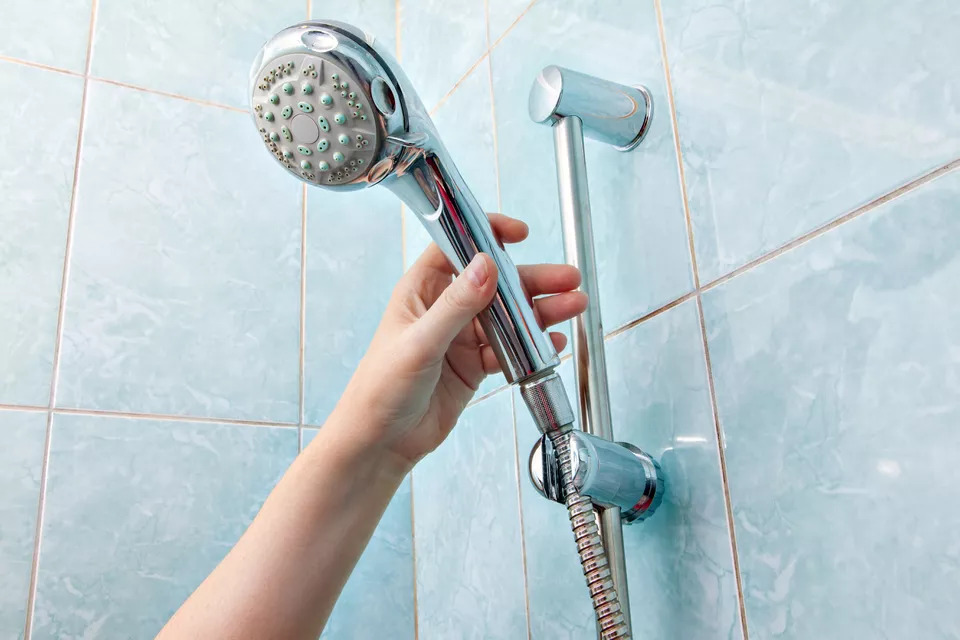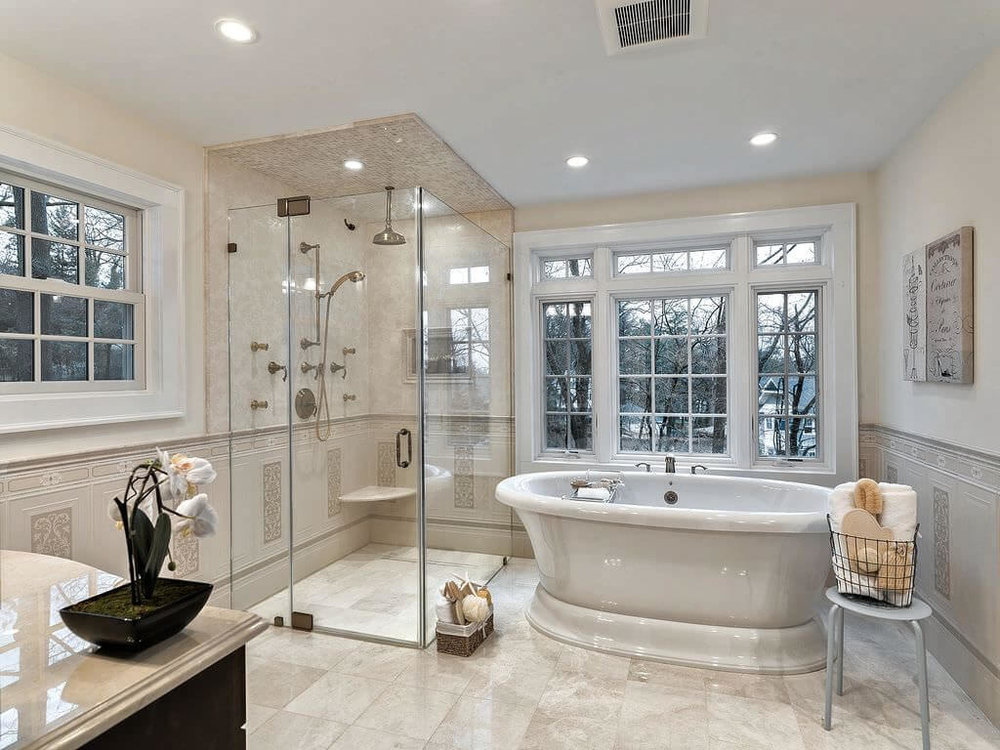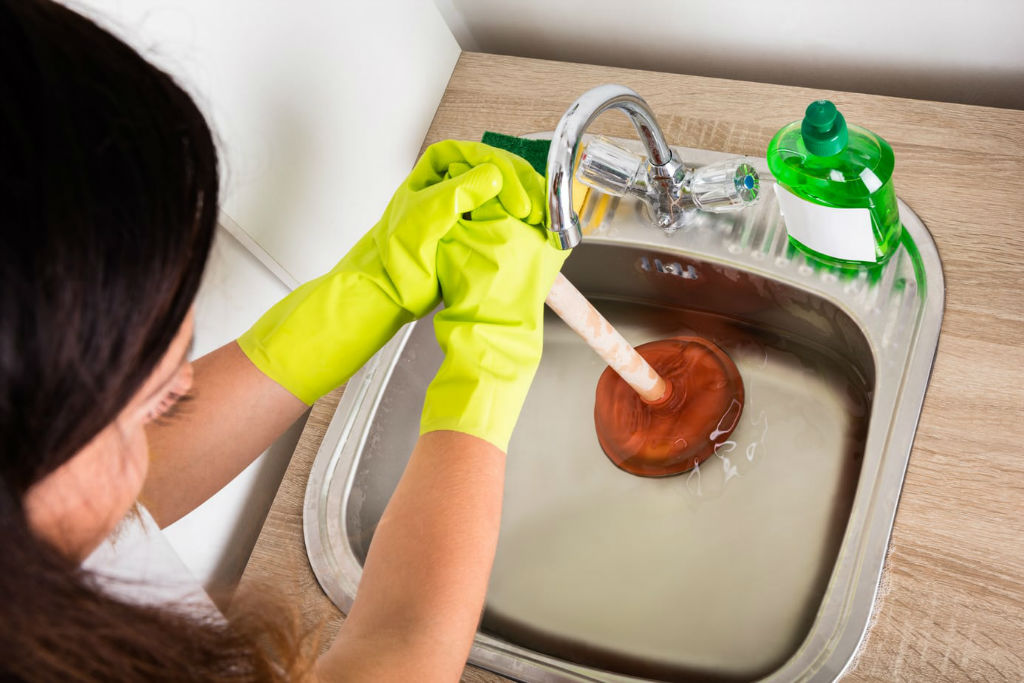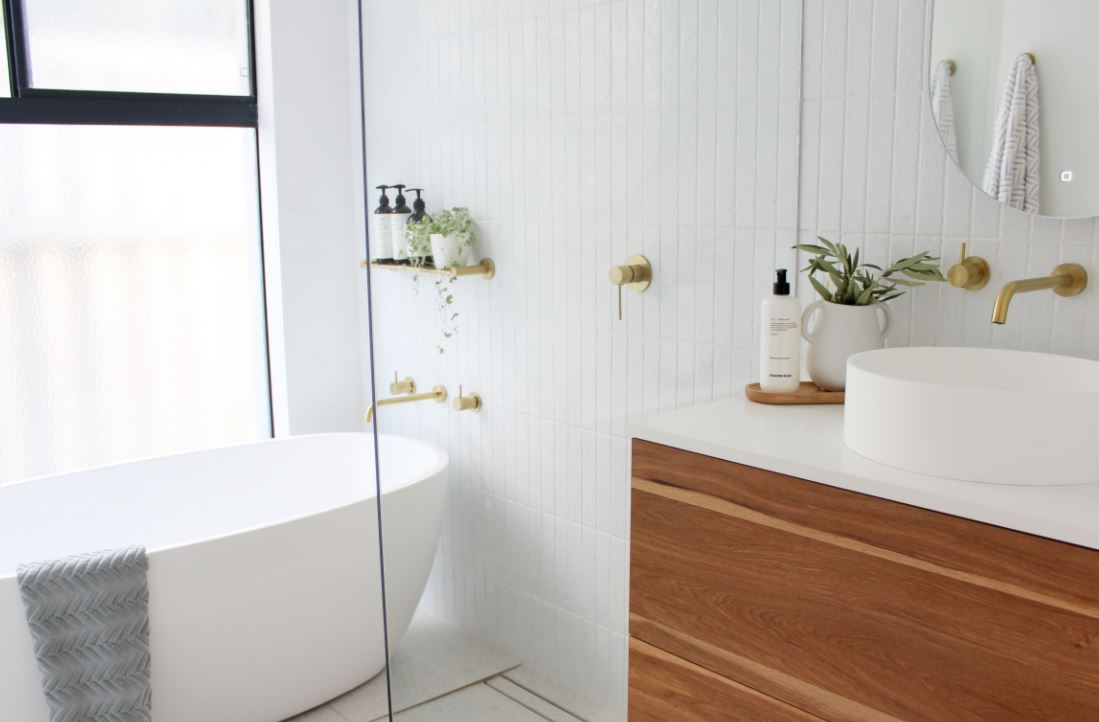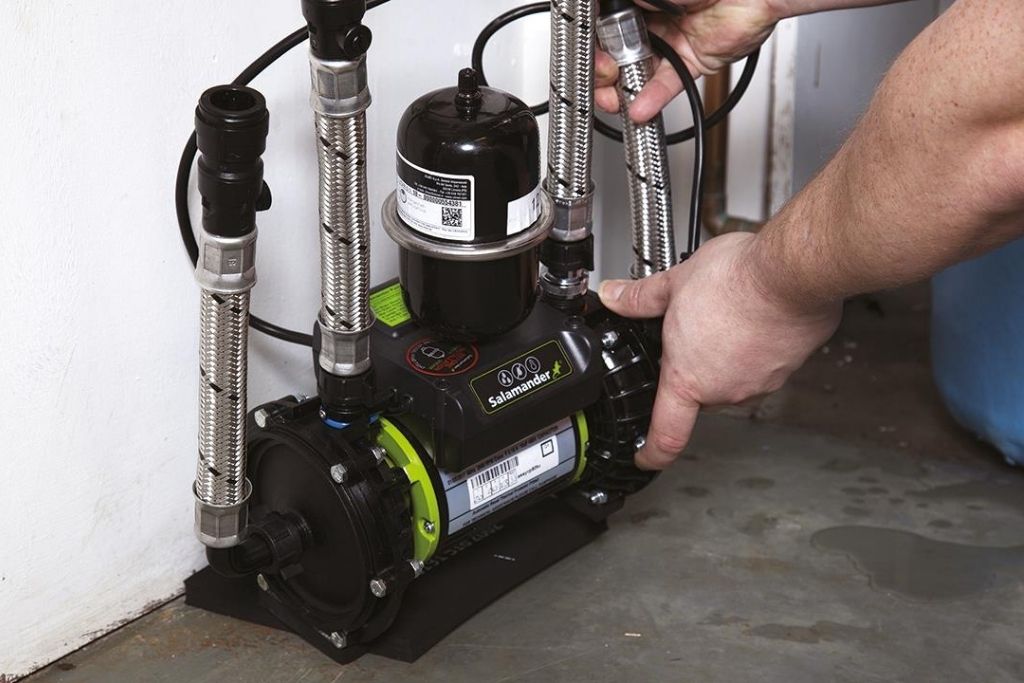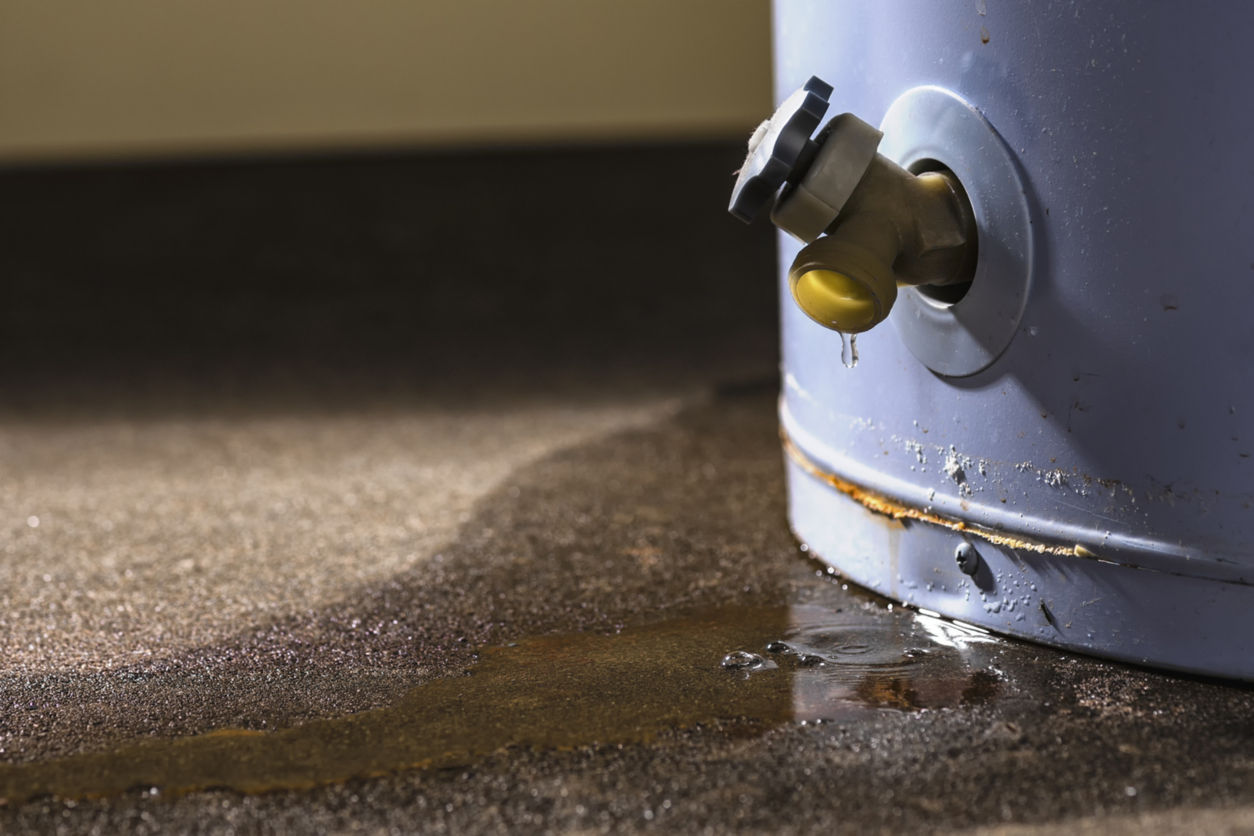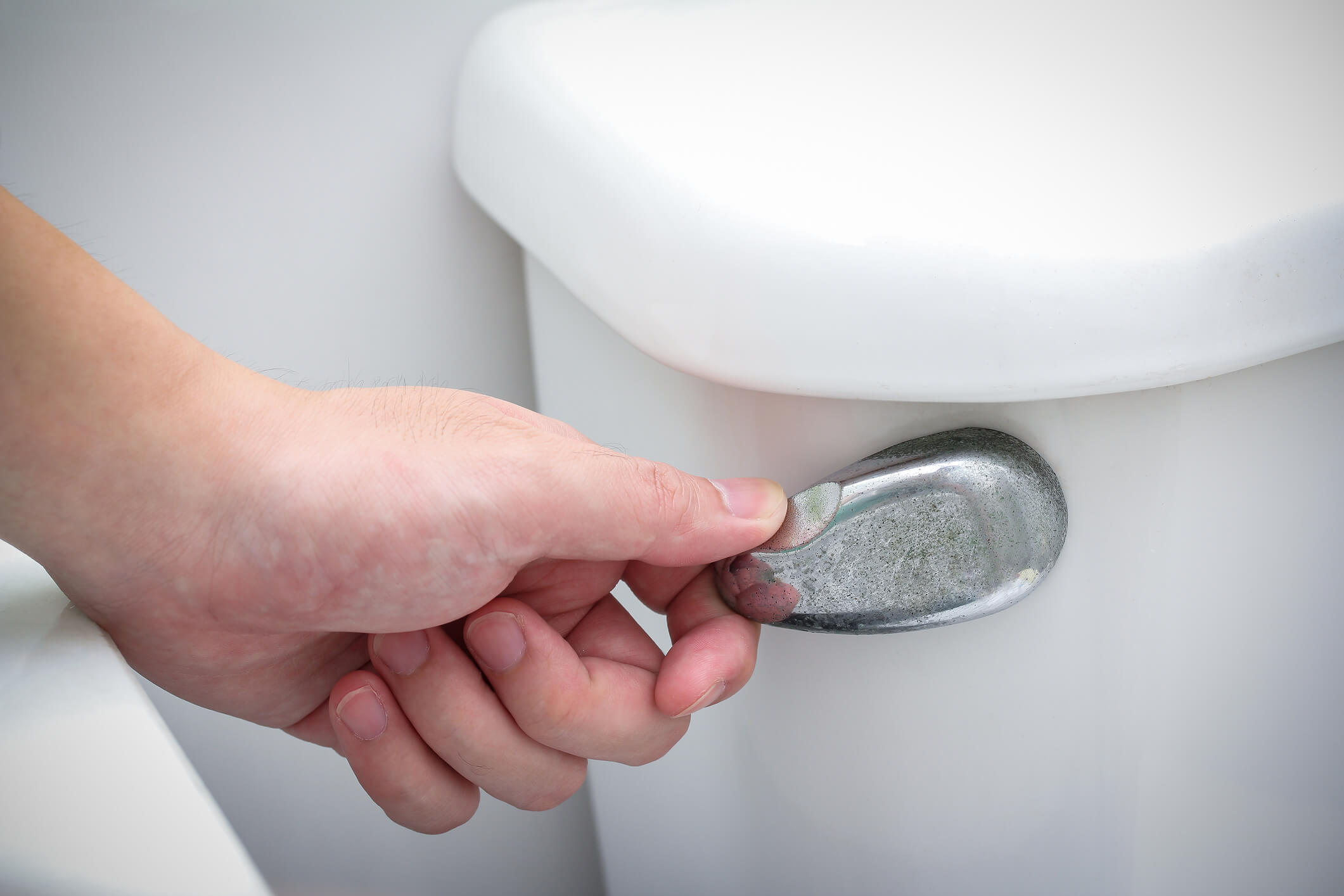Shower holders are commonly overlooked in restroom accessories. Unless the bathroom has a fixed overhead shower, it’s compulsory to purchase a shower holder.
Unfortunately, shower head holders break or get worn out after plenty of usages, water leakages, and internal rusting. Thus, householders may be required to reinvest in the market for a new shower head holder.
Whether houses have a handheld or a dual shower head installed, owners have various factors to keep in mind, like accessibility and appearance.
In this guide, we’ll explain to readers about various shower head holders and show how to replace them.
What is a shower head holder?
As the name suggests, a holder keeps the shower head in place, ready for house members to use. However, there is an array of shower holders which are utilised for different purposes.
A shower holder is typically found beside the bathtub or washroom between the taps. These types of holders are used to hold the head when not in use, making it convenient to pick up later.
Additionally, some houses keep shower holders attached to vertical railings known as shower slider rails. They are perfect for family bathrooms for adjusting the height of the shower head. This way, the shower head can cater to every family member.
How to replace a shower head holder?
After buying a brand-new shower head holder for the bathroom, people must replace it with the old one. It is a straightforward process and can be done by inexperienced users as well. Keep yourselves equipped with a screwdriver, pliers, thread-seal tape, and a cloth.
Step 1: Turn off the shower taps in the bathroom. This is to ensure a dry surface while a person attempts to replace the holder.
Step 2: Grasp the lower part of the holder in a circular form. Then unscrew the bolts of the previous shower head holder with a screwdriver.
Step 3: If it doesn’t come off, twist the end of the holder anticlockwise with pliers. After it comes off, discard the old shower head holder.
Step 4: Wipe the tiles where the shower head was situated with a rug. Wrap the area with two layers of new thread-seal tape.
Step 5: Press and twist the new shower head holder into the wall by hand. Don’t use the pliers to turn the holder as it can lead to a damaged appearance.
Step 6: Screw the new shower head holder into the wall. You might need new holes in the wall if the screw holes are in a different position.
Step 7: Check if there is a small screw inside the shower cradle. If it’s visible, tighten the screw to strengthen the hold on the movable portion of the shower cradle.
Step 8: Place the handle of the shower head into the holder. If it stays put, we’ve replaced the shower holder successfully!
How to drill screw holes to fit the shower head holder?
People should be careful while drilling to avoid damages to the house tiles. We suggest using a proper drill for these situations and using the right type of drill bits depending on the type of the wall.
- Use a masonry bit if the wall is made of brick, stone, or concrete.
- Pick the spur bit for wooden walls.
- Choose the tile bit for ceramic, glass, or tiles.
Follow these steps to drill screw holes properly:
- Place the bit on the point where the screw will be situated.
- Make sure the drill is in a 90-degree position against the wall.
- Press the trigger gently to turn the bit.
- Keep applying pressure and increase the speed of the drill slowly.
- After reaching the depth, slow down instead of putting an abrupt stop to the drill.
- Withdraw the bit while keeping the drill running.
Note: Be extremely careful when attempting to drill tiles. Mistakes may cause unnecessary cracks.
Different Types of Shower Head Holder
To find the perfect shower head holder replacement, we should look at different types of shower head holders. We’ve also listed the pros and cons of these holders below:
1. Suction shower head holder
The most popular type in the market is the suction shower head holder. This is because they’re made from high-quality materials like stainless steel and are easy to install. These holders don’t need to be screwed into the wall because they don’t weigh too much.
Features
- They have a compact and attractive design.
- The suction shower head holder is perfect for lower shower heads.
- They are straightforward to install.
2. Adjustable shower head holder
This shower head holder type is popular in family homes, where multiple people are using the shower. These holders can adjust to any height preference, providing extra convenience.
Features
- It’s perfect for people of different heights who use the same bathroom.
- Typically, these shower head holders can only be adjusted vertically.
- It’s recommended not to use a heavy shower head in these types of holders.
3. Rotatable shower head holder
This holder is perfect for those who like to adjust the shower head to their liking. Buyers can choose these holders depending on how much they rotate.
Features
- Depending on the brand and model, the shower head holder can rotate from 180 to 360 degrees.
- It’s preferred to use light shower heads to avoid the holder from falling off.
- Adjustable to get the shower in the perfect position.
4. Adhesive Shower Head Holder
We recommend this type of holder to hold heavy shower heads with the lowest probability of falling off. However, installing this shower head holder takes a lot of time. Moreover, the adhesive shower holder has a flat surface that is generally screwed into the wall.
Features
- An adhesive shower head holder is a lot stronger than suction cups.
- They are quite durable and tend to last for prolonged periods.
- These holders are the best option for heavy shower head owners.
Bonus Read: How To Fix A Dripping Showerhead Or Taps
Verdict
It is straightforward to replace a shower holder, and doing it yourself can save plenty of money. Moreover, some types of shower heads are easy to install into the bathroom, with no trouble. If you’re still struggling, don’t hesitate to call a plumber.

